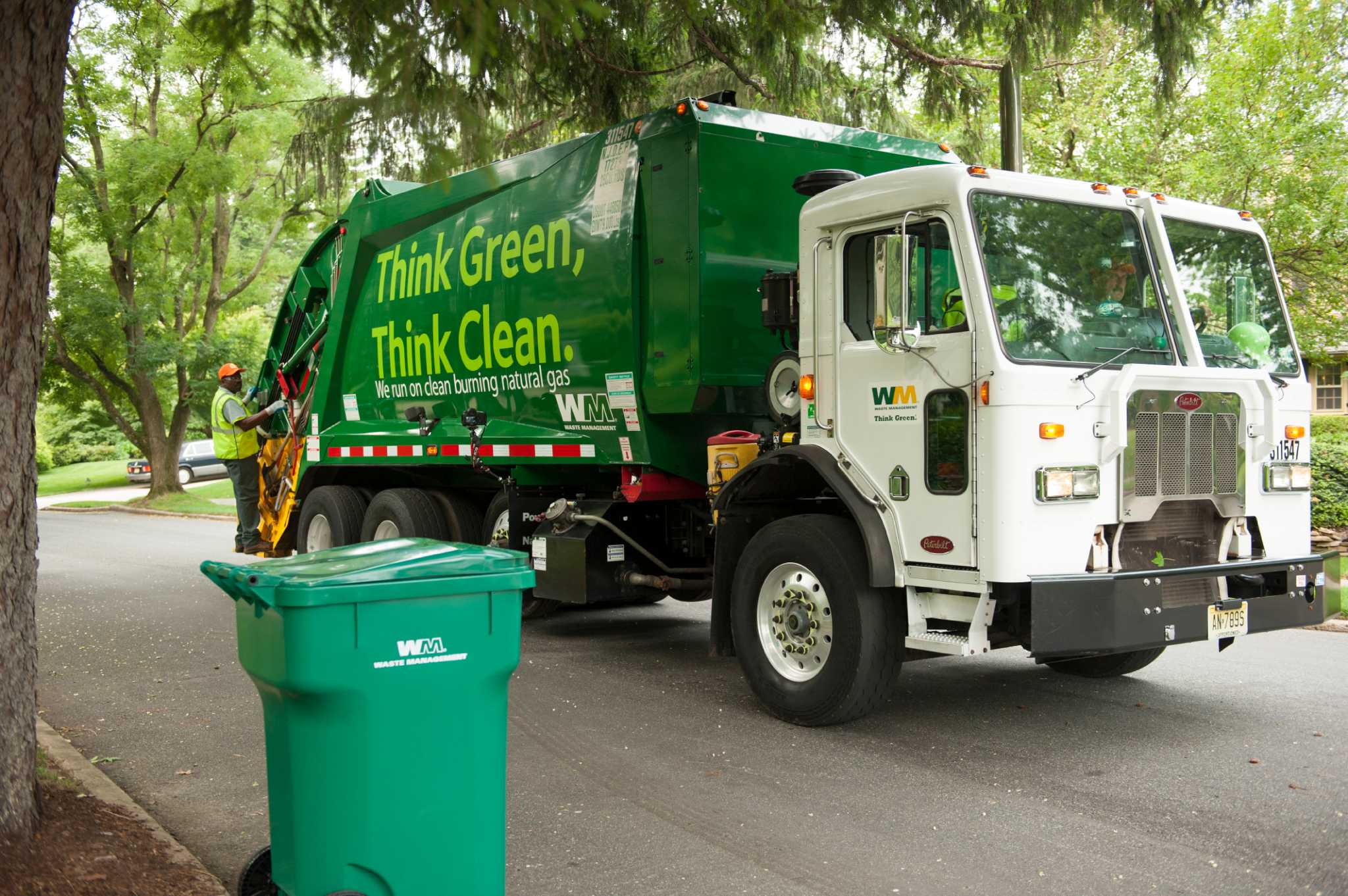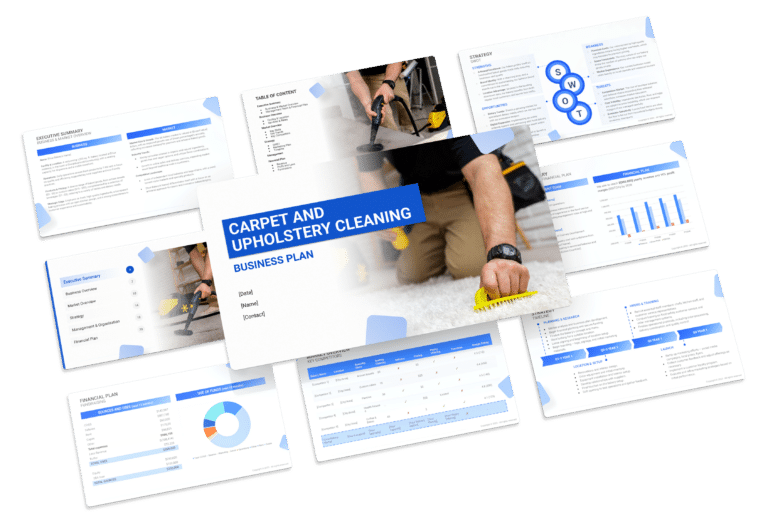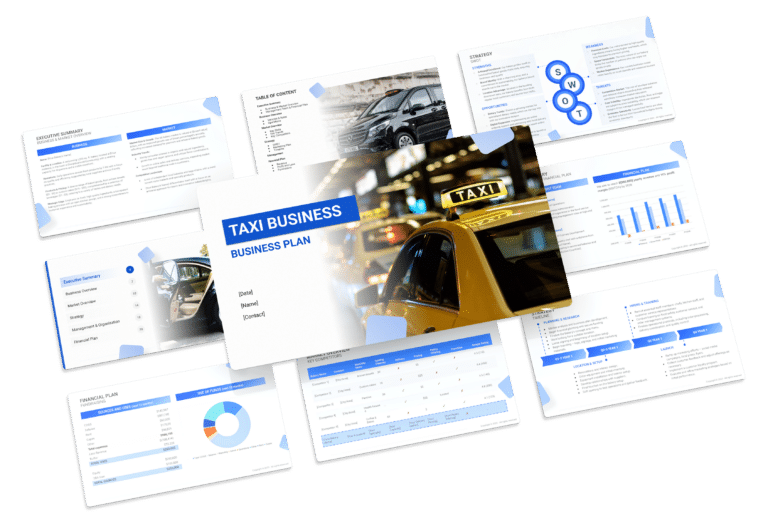SWOT Analysis for a Waste Management Company (Example)

For a waste management business plan, a SWOT analysis is crucial. It looks at Strengths, Weaknesses, Opportunities, and Threats, showing both internal factors (strengths and weaknesses) and external factors (opportunities and threats).
This article will discuss different examples of these elements to help waste management business owners use these insights in their business plans. Let’s dive in!

Strengths
Highlight the strengths that set your Waste Management Business apart, ensuring efficient and responsible service.
- Advanced Recycling Techniques: Utilizing innovative recycling methods can set your business apart in sustainability efforts.
- Example: Showcase your advanced recycling technology in marketing materials to highlight your commitment to environmental responsibility.
- Strong Community Relations: Building good relationships with the community can enhance your reputation and lead to supportive local policies.
- Example: Engage in community events and environmental initiatives to strengthen your local presence and community ties.
- Diverse Service Offerings: Providing a range of waste management services, from residential to industrial, appeals to a broad customer base.
- Example: Develop targeted marketing campaigns for different sectors, emphasizing your comprehensive waste management solutions.
- Compliance Expertise: Adhering to environmental regulations and helping clients comply can be a significant business advantage.
- Example: Offer consultancy services for clients needing assistance with waste management compliance, showcasing your expertise.
Weaknesses
Address weaknesses to strengthen your Waste Management Business for sustainable growth.
- High Operational Costs: Managing the costs of equipment, vehicles, and facilities can be challenging.
- Example: Explore cost-effective solutions and technologies to optimize operations and reduce expenses.
- Dependency on Local Regulations: Changes in local environmental regulations can impact your business operations.
- Example: Stay informed about regulatory changes and adapt your business model to remain compliant and competitive.
- Workforce Management: Recruiting and retaining a skilled workforce for waste management can be difficult.
- Example: Implement robust training programs and offer competitive benefits to attract and retain skilled employees.
- Market Competition: Intense competition in the waste management sector can pressure pricing and service offerings.
- Example: Differentiate your services through specialized offerings or superior customer service to stand out in the market.
Opportunities
Embrace opportunities to enhance and expand your Waste Management Business.
- Technological Innovations: Advancements in waste processing and recycling technologies offer opportunities for service improvement.
- Example: Invest in new technologies to enhance efficiency and offer cutting-edge solutions to clients.
- Growing Environmental Awareness: Increasing public concern for the environment can lead to more business opportunities.
- Example: Develop marketing strategies that highlight your commitment to environmental sustainability to attract eco-conscious clients.
- Government Initiatives: Leverage government programs and incentives for waste reduction and recycling.
- Example: Participate in government-led waste management initiatives to gain financial incentives and enhance your business profile.
- Expansion into New Markets: Exploring new geographical areas or service niches can lead to business growth.
- Example: Conduct market research to identify potential new markets or niches within the waste management sector.
Threats
Prepare for potential threats to safeguard the stability of your Waste Management Business.
- Economic Downturns: Economic challenges can impact clients’ budgets and reduce demand for services.
- Example: Offer flexible pricing or bundled services to retain clients during economic downturns.
- Regulatory Changes: New environmental regulations can require significant adjustments in operations.
- Example: Continuously monitor regulatory developments and adapt your business practices accordingly.
- Rising Fuel Costs: Increases in fuel prices can significantly affect operational costs for waste collection and transportation.
- Example: Invest in fuel-efficient vehicles or alternative fuel options to mitigate the impact of rising fuel costs.
- Competition from New Entrants: New companies entering the market can intensify competition.
- Example: Focus on building strong customer relationships and continuously improving service quality to maintain a competitive edge.






